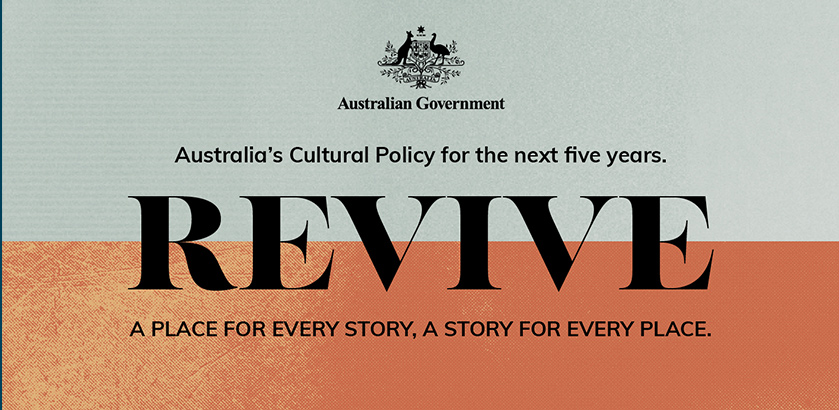The Role of Regional Airports
The contribution of regional airports to local communities is well documented, with regional cities heavily reliant on airports for emergency services, tourism, trade and economic growth.
Regional airports are a key connector to the social and economic life of regional Australia, bridging the sometimes large distances between regional capital cities and in some instances international markets.
It is estimated that more than 200 regional airports are owned and operated by local government, with more than 40 per cent of Australia’s domestic aviation passengers travelling through regional airports.
Regional airports play a vital role in the movement of FIFO workers, generate significant economic benefits via tourism and trade, facilitate business travel as well as playing a vital role in the protection of Australia’s physical assets by enabling aerial firefighting and supporting law enforcement bodies.
However, there are significant and increasing costs associated with maintaining airport services at a time of unprecedented financial challenges for local government, with approximately 60 per cent of regional airports currently operating at a loss.
Aviation White Paper
Regional Capitals Australia (RCA) has welcomed the Federal Government’s Terms of Reference and timeframes for an Aviation White Paper that will set the principles and direction for Australian aviation over five years commencing from 2025.
In response, RCA has submitted its Regional Airports Policy Paper for consideration by the Government.
However in the intervening years, RCA is advocating that recurrent funding for regional airports be made immediately available, as an essential interim measure until the Aviation White Paper is finalised in 2025.
In the 2019-20 Budget the Australian Government committed $100 million over four years until 2022-23 for the Regional Airports Program. The total spend to date is $98.7 million with no funding for future years allocated to date for this important program.
RCA will continue to advocate in the lead-up to the May budget that funding for the Regional Airports Program is a national priority. RCA members with an airport are strongly encouraged to complete the Airport Case Studies survey to help build a strong case about the vital role of regional airports.









